About General Safety Regulation
The General Safety Regulation (GSR) is a regulation enacted by the European Union (EU) to improve road safety. GSR mandates that new safety features be included in vehicles to ensure the safety of motor vehicles, drivers, and passengers. These regulations are gradually applied to all new vehicle types and currently produced vehicle models.
1. Preventing Accidents: By making advanced safety systems and technologies mandatory, GSR aims to prevent accidents. Examples of such technologies include Automatic Emergency Braking (AEB), Lane Departure Warning (LDW), and Intelligent Speed Assistance (ISA).
2. Reducing Injuries: To enhance passenger safety in the event of a crash, GSR mandates the use of seat belts, airbags, and other passive safety features.
3. Protecting Vulnerable Road Users: GSR includes measures to protect vulnerable road users, such as pedestrians, cyclists, and motorcyclists, through technologies like the Minimum Obstacles Impact Safety (MOIS) system.
4. Technological Innovations: GSR encourages the inclusion of autonomous driving technologies in vehicles and ensures the safe development of these technologies.
GSR sets new standards for vehicle safety while also promoting innovations in the automotive industry to enhance road safety. At OPENEYE, we offer GSR and ISA solutions for all OEMs and 2nd Manufacturers (Bodybuilders) with alternative models.






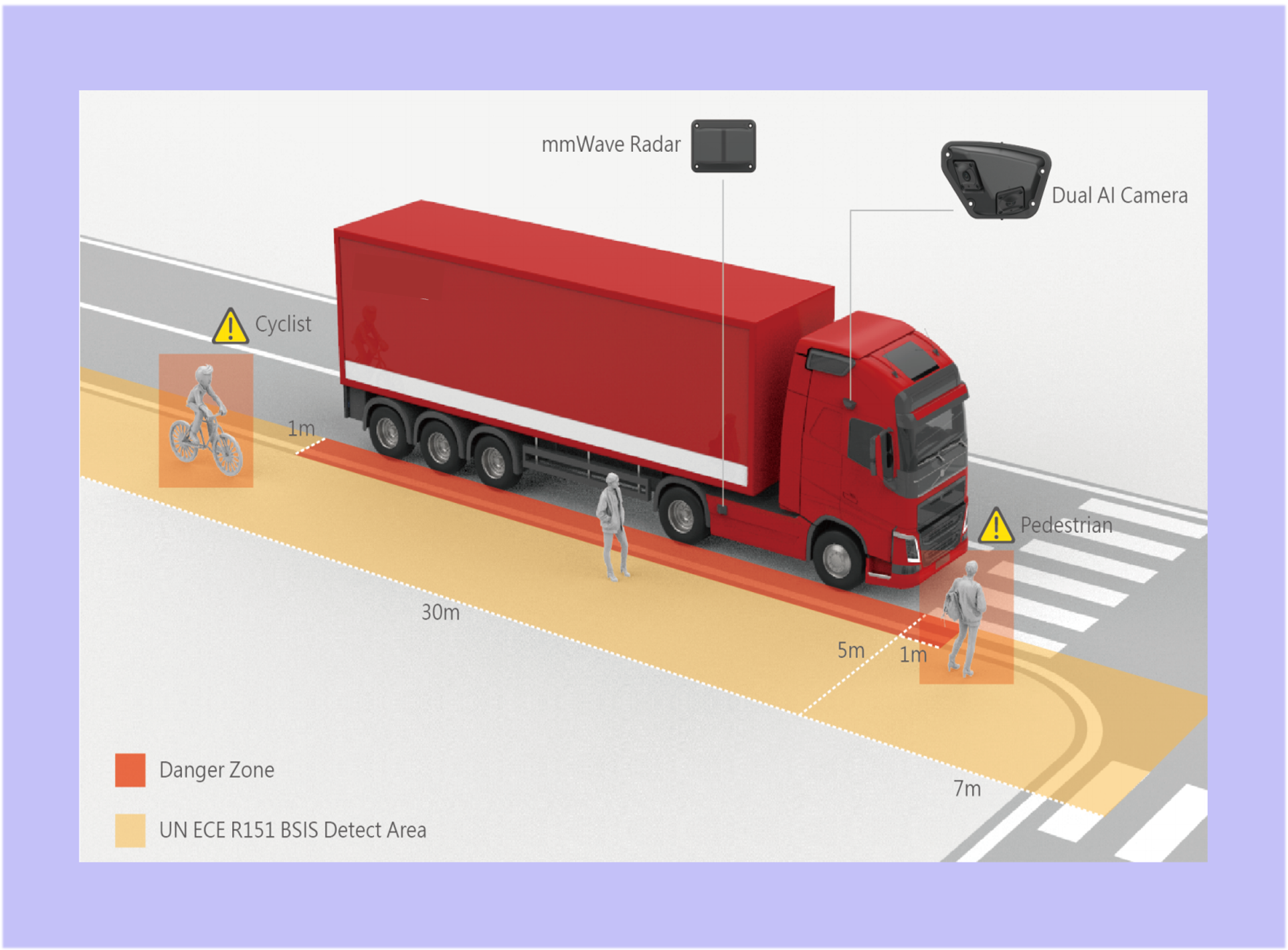
01
UNECE R151 Blind Spot Information System
“BSIS (Blind Spot Information System) is a mandatory safety feature under the European Union’s General Safety Regulation (GSR). It is a system that detects vulnerable road users in a vehicle’s blind spot and alerts the driver. At Openeye, we offer Camera, Camera + Radar Fusion, and Radar-based solutions tailored to vehicle types and customer needs.
02
UNECE R159 Moving Off Information System
MOIS (Motorcycle and Other Vulnerable Road User Information System) is a mandatory safety feature under the European Union’s General Safety Regulation (GSR). MOIS detects pedestrians and cyclists in front of the vehicle and alerts the driver. The system operates within a speed range of 0-10 km/h for M2, M3, N2, and N3 class vehicles. It provides optical, acoustic, tactile, or combined signals to alert the driver about pedestrians or cyclists in the blind spot. The detection area covers distances from 80 cm to 3.7 meters in front of the vehicle and spans a minimum width of 4.3 meters.
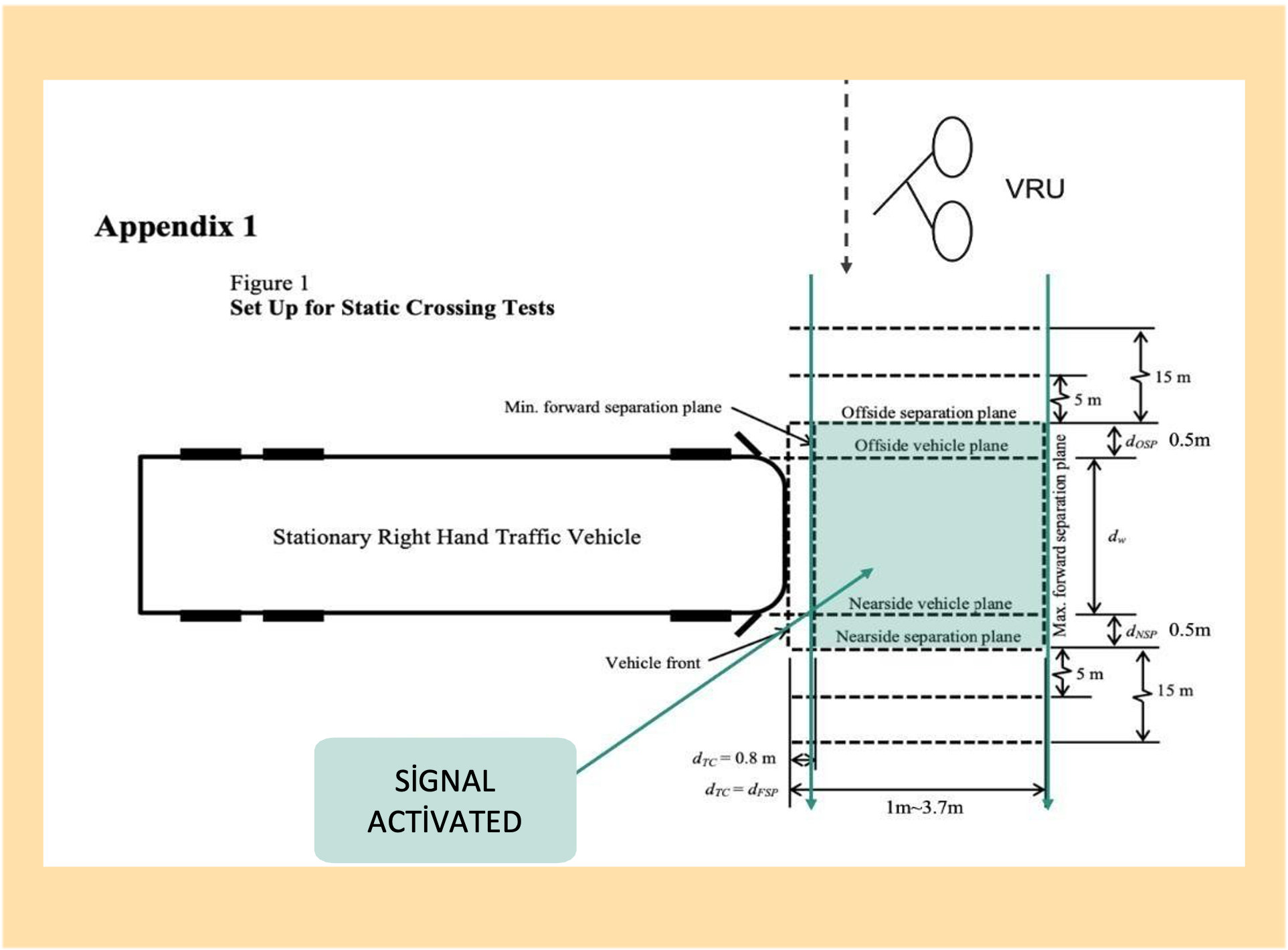
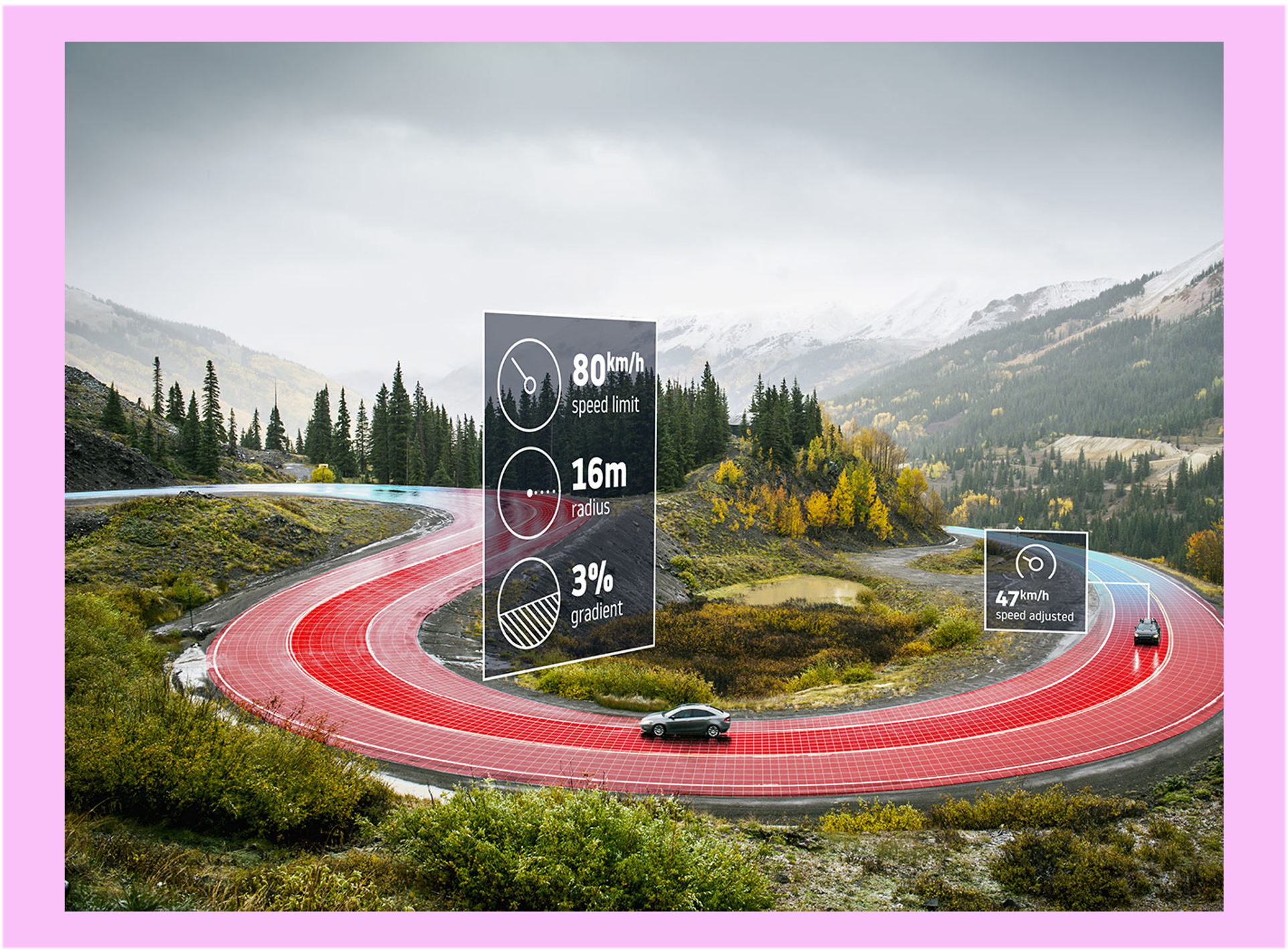
03
Intelligent Speed Adaptation – (ISA)
Intelligent Speed Adaptation (ISA) is a system that ensures vehicles travel within speed limits. It alerts the driver to avoid exceeding speed limits and actively enforces compliance when necessary.
The ISA system has been made mandatory in European Union countries under the EU Regulation 2019/2144. This regulation requires the ISA system to be installed in new vehicles and aims to enhance vehicle safety.
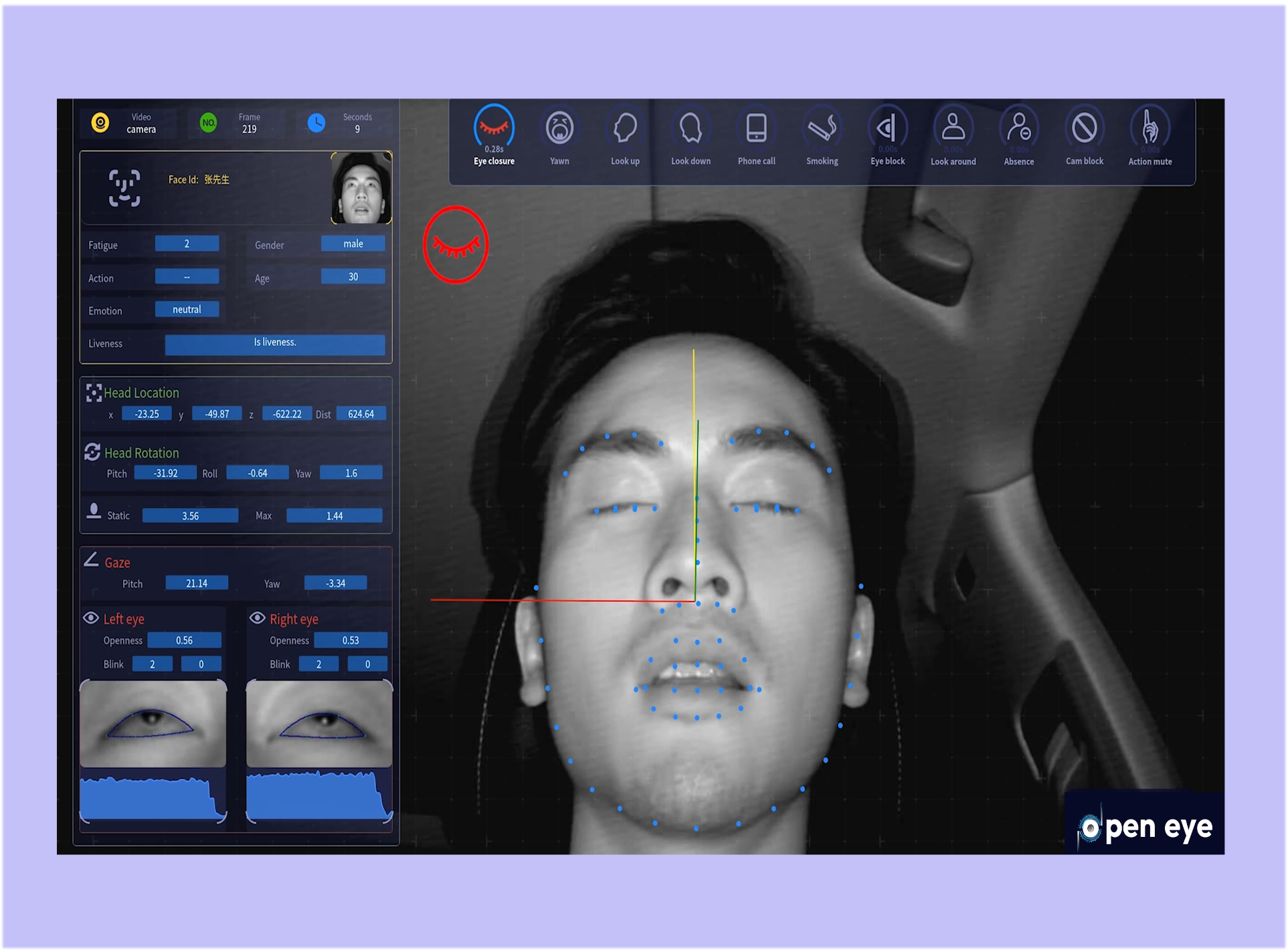
04
(DDAW) Driver Drowsiness Attnetion and Warning
Driver Drowsiness and Attention Warning (DDAW) is a mandatory safety feature under the European Union’s General Safety Regulation (GSR). This system detects signs of driver fatigue or inattention and alerts the driver. Built-in cameras monitor the driver’s behavior, facial expressions, and eye movements. When fatigue, sleepiness, or loss of attention is detected, the system grabs the driver’s attention through auditory alerts, vibrations, or visual notifications. The goal is to prevent accidents caused by driver fatigue.
05
UNECE R130 Line Departure Warning System
Lane Departure Warning (LDW) is a mandatory safety feature under the European Union’s General Safety Regulation (GSR). The regulation defines the requirements for Lane Departure Warning Systems (LDW) used in vehicles. This regulation is part of the vehicle safety standards set by the European Union.
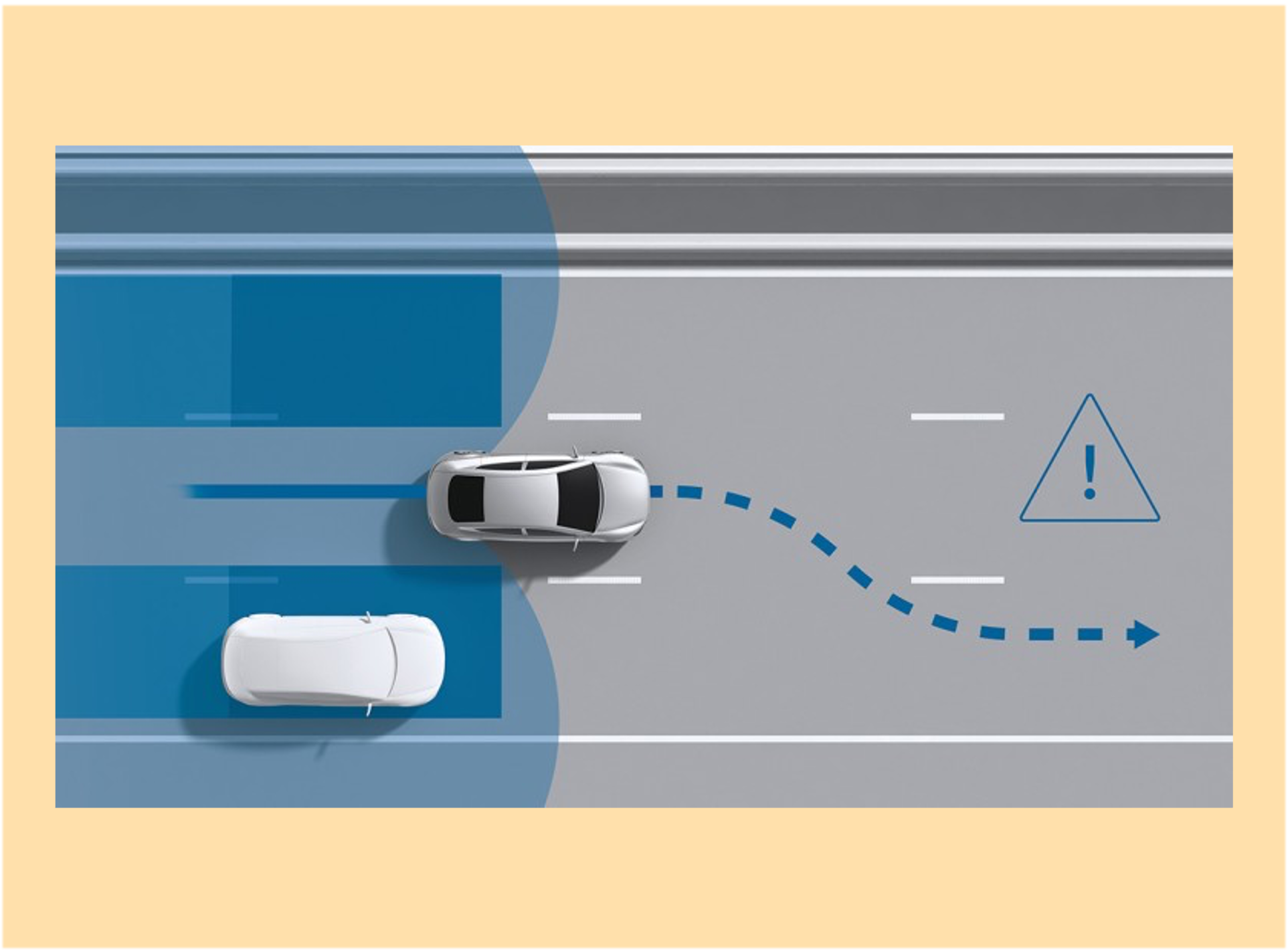

06
UNECE R 158 Rear Visibility and Detection
Reversing systems are designed to reduce the risk of accidents caused by limited visibility during reversing and parking. These systems allow the driver to monitor the rear area and detect surrounding obstacles, helping them maneuver more safely.
Regulation requirements:
- Alerts the driver about detected obstacles through auditory, visual, or tactile signals.
- Prevents collisions while reversing.
- Applied to M2, M3, N2, and N3 class vehicles.
- Activates when the vehicle is in reverse gear.
- Covers a distance from 0.2m to 3.5m behind the vehicle.
- Detects objects of the same width.
